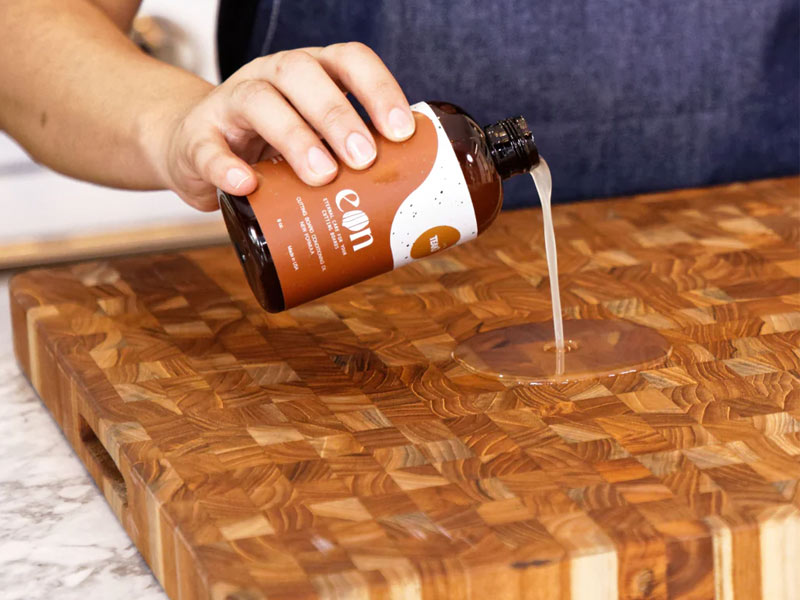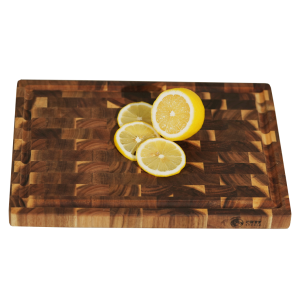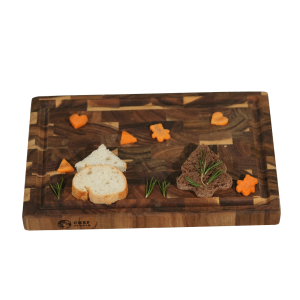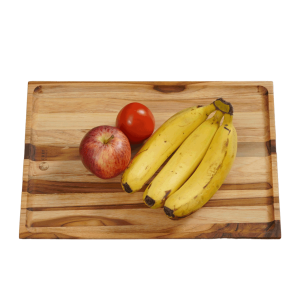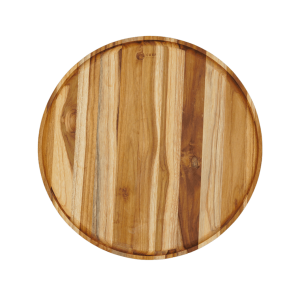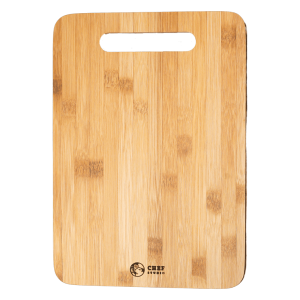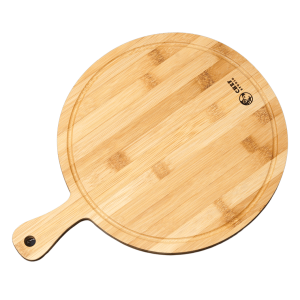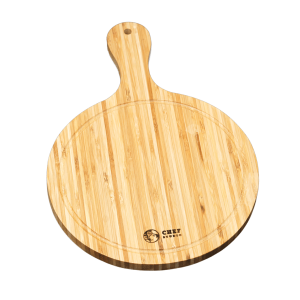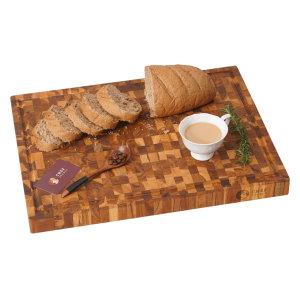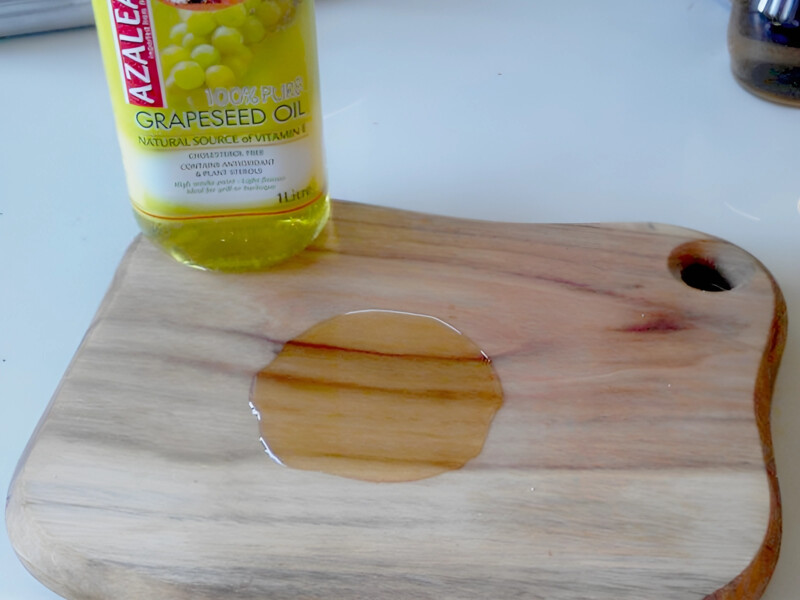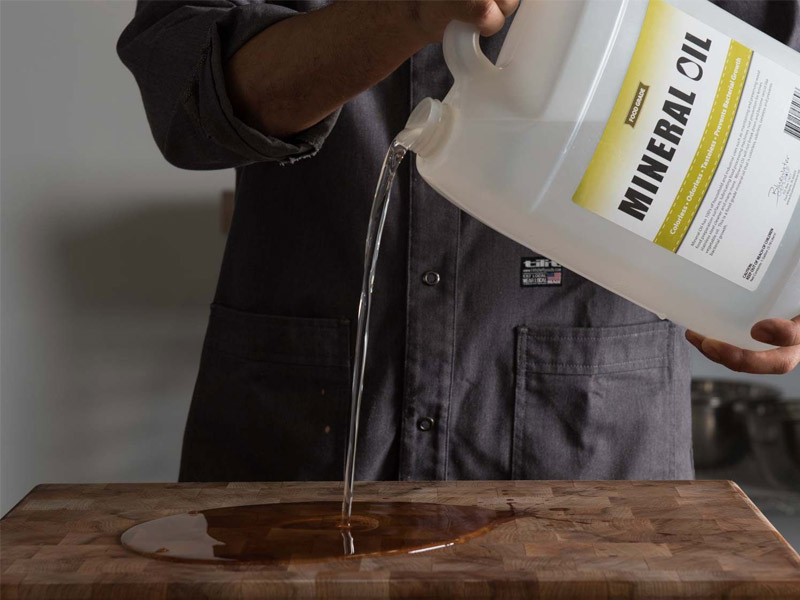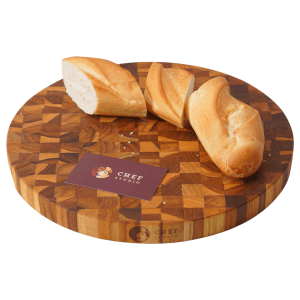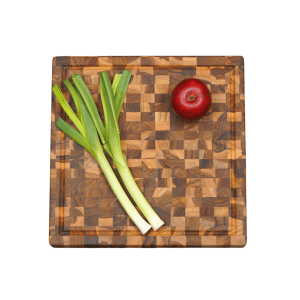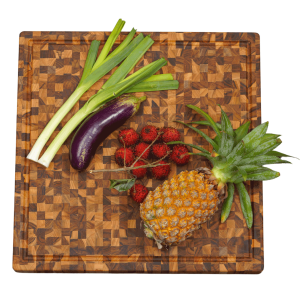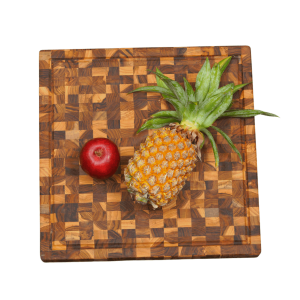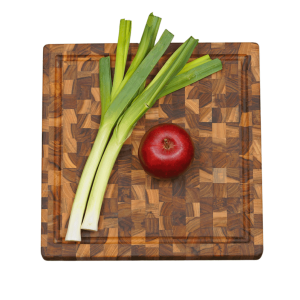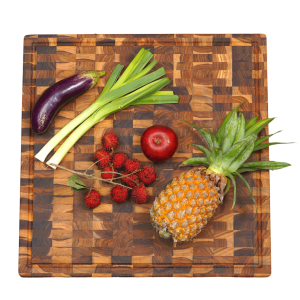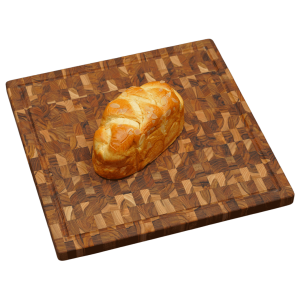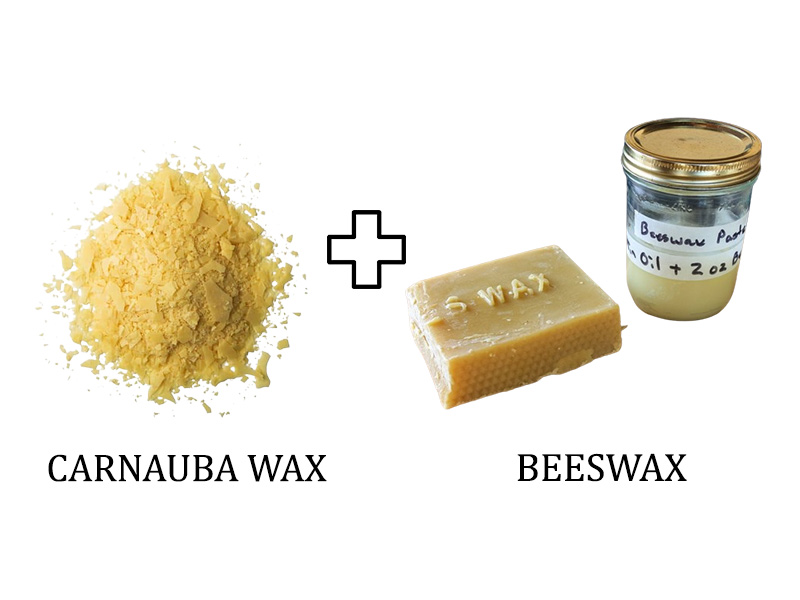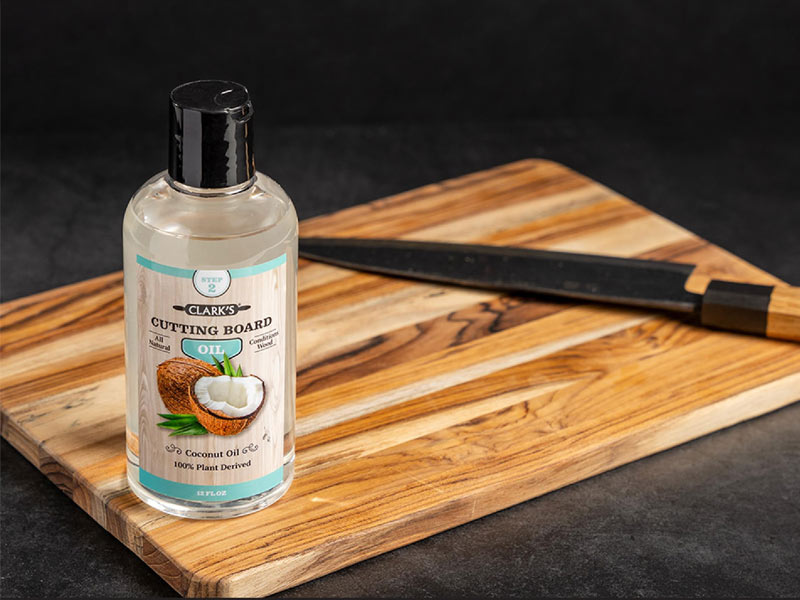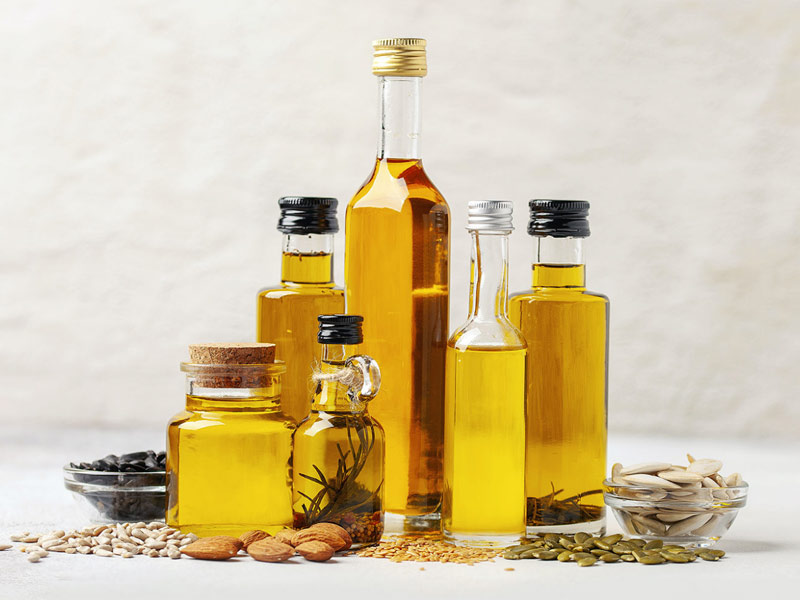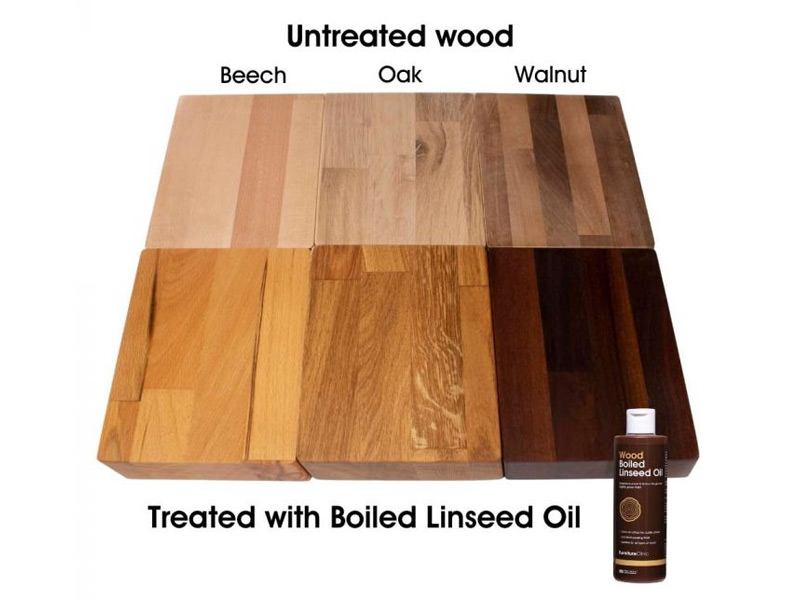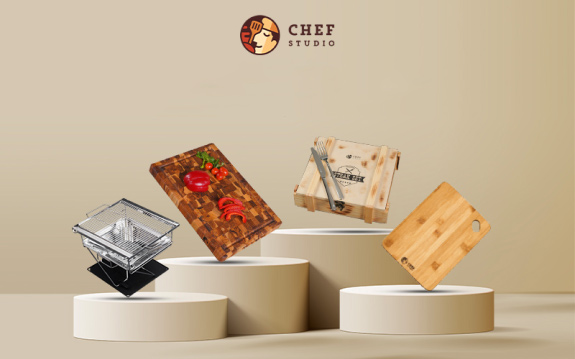Top 5 best oils to season wooden cutting board
Seasoning a wooden cutting board is essential for maintaining its quality and durability over time. Discover the top 5 best oils for wooden cutting boards and keep them in optimal condition for long-lasting use.
Why should you use oil to season a cutting board?
Using oil to season a cutting board is essential for maintaining its longevity and preserving its quality. When you apply oil to a cutting board, it penetrates the wood, nourishing it and preventing it from drying out and cracking over time. Moreover, this helps to maintain the structural integrity of the board, ensuring that it remains sturdy and reliable for years to come.
Furthermore, oil creates a protective barrier on the surface of the cutting board, which helps to repel moisture and prevent warping. By sealing the wood, oil minimizes the absorption of water and other liquids, reducing the risk of swelling or damage due to prolonged exposure to moisture. This is particularly important in a kitchen environment where cutting boards are frequently exposed to water and food juices.
Additionally, wooden cutting board oil enhances the natural beauty of the wood, enriching its color and grain patterns. It gives the cutting board a warm, lustrous finish that adds to its aesthetic appeal and makes it a more attractive and inviting addition to your kitchen.
So, those are the reasons why you should choose carefully to find the best oil to season wood cutting boards.
Top 5 best oil for wooden cutting board
Continue reading with Chef Studio to discover the top four best oils for seasoning wooden cutting boards and enhancing their durability and longevity:
Grapeseed oil
If you are looking for what oil to use for wooden cutting boards, then grapeseed oil is one of the best choices. Unlike many other oils, grapeseed oil does not go rancid, making it an excellent option for preserving and conditioning your chopping board. With its neutral flavor and high smoke point, grapeseed oil is ideal for maintaining the natural beauty and integrity of your wooden cutting board.
Mineral oil for cutting board
If you’re wondering what is the best oil to season wood cutting board, mineral oil is definitely worth considering.
Derived from petroleum, mineral oil for cutting board, also known as liquid paraffin, boasts non-toxic and non-drying properties, making it ideal for wooden kitchen essentials like cutting boards and butcher blocks. The FDA-approved food-grade mineral oil effectively prevents water absorption, ensuring the longevity of your wooden utensils.
It’s crucial to opt for food-safe mineral oil for wood, specifically labeled as white mineral oil, to guarantee safety for culinary use. These refined oils are meticulously processed, surpassing other types of mineral oils commonly found in machinery or hardware stores. For peace of mind, investing in mineral oil for Teak cutting boards and other types of wooden chopping boards is worth it.
Regular application of mineral oil not only maintains the moisture balance of your cutting board, preventing it from drying out and becoming brittle but also creates a protective barrier that repels liquids. By safeguarding against liquid penetration, mineral oil minimizes the risk of harboring germs and bacteria on your cutting board, promoting a hygienic kitchen environment.
Combining Beeswax with Mineral Oil
Combining beeswax with mineral oil creates a natural finish for cutting boards that not only moisturizes the wood but also imparts a delightful shine. This option is renowned for its food-safe properties and water-repellent nature, offering a protective barrier against moisture. However, compared to oils, it can be more challenging for wood to absorb this mixture effectively.
To overcome this absorption issue and capitalize on the benefits of both absorption and shine, blending beeswax with mineral oil is a practical solution. Here’s how to do it: Start by pouring mineral oil into a measuring cup until you reach the 1-cup mark. Then, gradually add beeswax to the oil until the volume reaches 1 1/4 cups of oil and beeswax combined.
This beeswax mineral oil mixture provides the ideal balance between hydration and luster for your wooden cutting board, ensuring its longevity while enhancing its aesthetic appeal.
Read more: Should you invest in a Teak Chef Studio cutting board?
Blending Carnauba wax with Beeswax
Carnauba wax, discovered in Brazil in 1820, stands out as the hardest type of wax available. When it comes to finishing cutting boards, Carnauba wax offers unparalleled durability, effectively sealing the wood and providing long-lasting protection compared to oil alone. Additionally, it imparts a beautiful glossy finish to the surface of your wood-cutting board, enhancing its aesthetic appeal.
While Carnauba wax on its own may be too hard and glossy for practical use, when combined with beeswax, it yields optimal results and finishes. By blending Carnauba wax with beeswax, you achieve the perfect balance between hardness and glossiness. This combination ensures that your cutting board is not only well-protected but also visually appealing.
Coconut oil
Coconut oil is one of the best oils for chopping boards, which serves as another excellent option for finishing and maintaining. Fractionated coconut oil, in particular, is highly effective as it readily absorbs into the wood fibers, keeping the cutting board moisturized and forming a protective barrier against liquids and bacteria.
It’s crucial to note that using regular cooking coconut oil is not recommended for cutting boards. Cooking coconut oil contains fats that can turn rancid over time, which may affect the quality and safety of your cutting board. Therefore, it’s best to opt for fractionated coconut oil specifically designed for wood care to ensure optimal results and longevity for your cutting board.
What type of oil shouldn’t be used on cutting boards?
When it comes to choosing wooden chopping board oil, it’s essential to avoid certain types of oils that can turn rancid or cause other issues.
Vegetable oil
Can you use vegetable oil on a wood cutting board? No. One common oil to avoid is vegetable oil. While it may seem like a natural choice due to its availability, vegetable oil can become sticky and tacky over time, attracting dirt and debris and creating an unpleasant texture on the cutting board’s surface. Additionally, vegetable oil on a wood cutting board can go rancid relatively quickly, leading to an off-putting odor and taste that can transfer to food.
Olive oil
Is olive oil good for wood cutting board? No. While olive oil is commonly used in cooking and as a salad dressing, it’s not recommended for wood-cutting boards. Olive oil has a relatively low smoke point and can turn rancid when exposed to air and light, particularly over time. Applying olive oil to cutting boards may leave behind a greasy residue that attracts dust and bacteria, potentially posing a food safety risk.
It’s essential to avoid using olive oil or any other vegetable oil to oil wooden cutting boards, as it can lead to contamination over time. This can result in unpleasant odors and affect the taste of the foods prepared or served on the board. Instead, it’s best to use food-grade mineral oil or fractionated coconut oil specifically designed for wood care to maintain and protect your wooden cutting board.
Use with caution
Linseed oil
Linseed oil, derived from the flax plant, is a popular choice among woodworkers for treating cutting boards due to its water-repelling properties and ability to enhance the board’s natural luster. It’s important to note that raw linseed oil is safe for human consumption, but boiled linseed oil, treated with chemicals, is not suitable for this purpose.
One of the drawbacks of linseed oil is the potential for rancidity, a common issue with organic oils caused by the breakdown of fats. Rancidity can lead to a foul odor or taste lingering in the wood. However, linseed oil tends to resist rancidity better than some other oils, and some individuals report that it doesn’t go rancid at all.
When considering linseed oil for your cutting board, it’s crucial to ensure you’re using high-quality, food-grade linseed oil from a trusted source. This can help minimize the risk of rancidity and ensure the safety and longevity of your cutting board.
Tung oil for cutting board
Tung oil, derived from the seeds of the tung tree native to southern China, is a popular choice for cutting boards. It imparts a satin finish with a subtle golden hue, enhancing the natural beauty of the wood. However, there are some considerations to keep in mind when using tung oil for cutting boards.
Firstly, it’s important to note that some individuals may have severe allergic reactions to tung oil, as it is extracted from a nut tree. Therefore, if you or anyone in your household has nut allergies, it’s best to avoid using tung oil altogether.
Additionally, it’s crucial to ensure that you are using 100% pure tung oil for your cutting board. Many products labeled as “tung oil” in paint and varnish formulations may contain additives or toxic chemicals that are not safe for food contact. These tung oil varnishes or paints are not suitable for use on cutting boards meant for food preparation.
In conclusion, choosing the best oil for wooden cutting boards is essential for maintaining their quality and prolonging their lifespan. Regular application of the chosen oil will ensure that your wooden cutting board remains in optimal condition for years to come. Chef Studio is currently a manufacturer and supplier of genuine, reputable Teak wooden cutting boards, Acacia cutting boards, bamboo cutting boards,… at reasonable prices. Visit our online store for more products!

